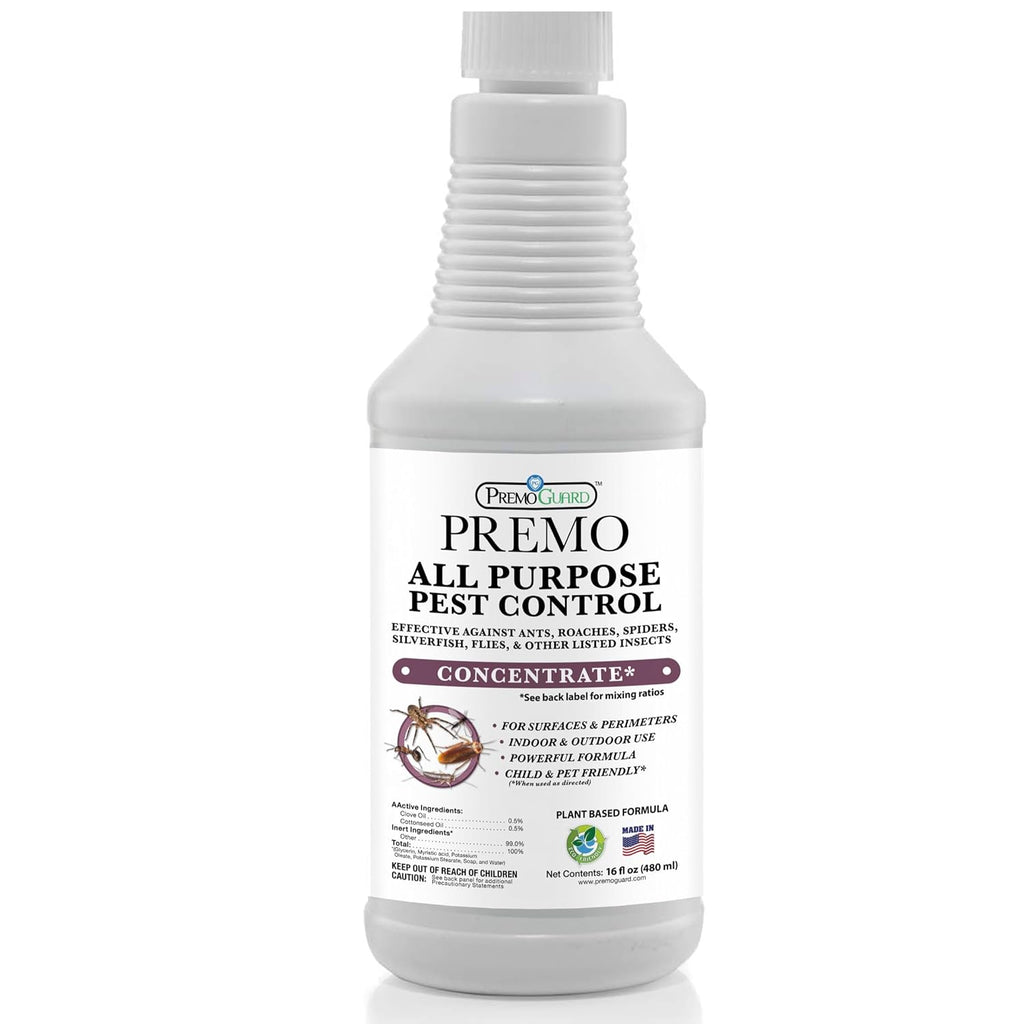The Single Strategy To Use For Pestwise
The Single Strategy To Use For Pestwise
Blog Article
Not known Facts About Pestwise
Table of ContentsAn Unbiased View of Pestwise10 Easy Facts About Pestwise DescribedRumored Buzz on PestwiseThe Facts About Pestwise UncoveredThe Definitive Guide for PestwiseExamine This Report about PestwiseThe 5-Second Trick For Pestwise

Q. Define "incorporated pest administration" (IPM) and list a number of possible control techniques that might be utilized in an IPM strategy. A. Integrated bug administration is the combining of appropriate pest control methods right into a solitary plan to decrease parasites and their damages to an acceptable level. Insect control tactics might include: host resistance, organic control, social control, mechanical control, sanitation, and chemical (pesticide) control.
The 10-Second Trick For Pestwise
What can you do to maintain the bugs you are trying to control from becoming immune to the pesticides you use? A. Pest resistance can be lowered by utilizing incorporated bug management and rotating the sorts of pesticides utilized.
Pests are an important threat to the farming organization, and incorporated bug administration aids cultivators address and minimize these threats. Integrated insect administration uses a number of techniques in facility, thus being a much more efficient remedy to the issue. Mosquito Control. Specifically, getting rid of aggressive chemical methods permits minimizing harm to people and the atmosphere by making use of all-natural and safer options instead
Some Known Details About Pestwise
The goal of integrated parasite management is to decrease this harm and control acceptable invasion levels instead of get rid of all undesired populations. This is why it is necessary to recognize what steps are warranted in each case and use hostile ones only when various other integrated management techniques do not work. Integrated monitoring alleviates the negative effects of a non-IPM method, and the main advantages of IPM Advantages of IPM.
A proper understanding of the invasion extent figures out if the problem must be dealt with. are the following components of an IPM program due to site the fact that it is necessary to understand if the microorganisms make prospective risks and select the incorporated administration options or the particular chemical usage. intend to decrease invasions by applying various agronomic techniques.
The Buzz on Pestwise
Integrated management options in an IPM program beginning with more secure to extra hostile ones. The prior incorporated administration aspects help understand how to prepare and execute an IPM program step by action: Screen your crops frequently.

Amongst others, IPM cultural approaches consist of the following area monitoring methods: dirt treatment; choice of ideal plants; crop rotation; interplanting or strip chopping; choice of growing dates; weed control; usage of catch plants. Beneficial dirt conditions speed up plant growth, and strenuous plants are a lot more immune to problems. Healthy and balanced seed startings and seeds predetermine successful plant growth, so it is essential to pick pest-free growing material with strong origins.
Hence, among other applications, crop turning can be effectively used as an incorporated parasite management approach. Pests spread slower if rows of various plant kinds divide their host plants in intercropping or strip chopping, which is also utilized in the integrated bug monitoring system. Conversely, invasions raise when plants of the very same plant kind or family members expand with each other.
, as well as tomatoes. Planting trap plants in spots is an additional choice for IPM intercropping. This integrated pest monitoring approach suggests attracting pests to specific plants and after that managing them with chemical or mechanical strategies.
Not known Incorrect Statements About Pestwise
Barriers are case in points of physical IPM approaches. Let's take a more detailed check out them. Eliminating or selecting bugs out manually is a time and labor-consuming choice that is extensively applied in incorporated administration and chemical-free farming. Fully grown bugs or their eggs and larvae are gathered by hand and ruined.
Division of Plant Sciences. This integrated administration approach implies a common method of destroying insects by killers, parasitoids, pathogens, and various other biological control agents (also known as antagonistic organisms). The duty of biological control in IPM is to.
Indicators on Pestwise You Need To Know
With time, their populace became an actual nuisance to farmers alongside aboriginal kangaroos or dingoes. The walking cane toad is an additional situation showing integrated biological control failing hereof when it rejected to quest the target types and ended up being a pest itself. Parasitoids establish on or within their hosts to ultimately kill them after maturing.
Report this page